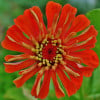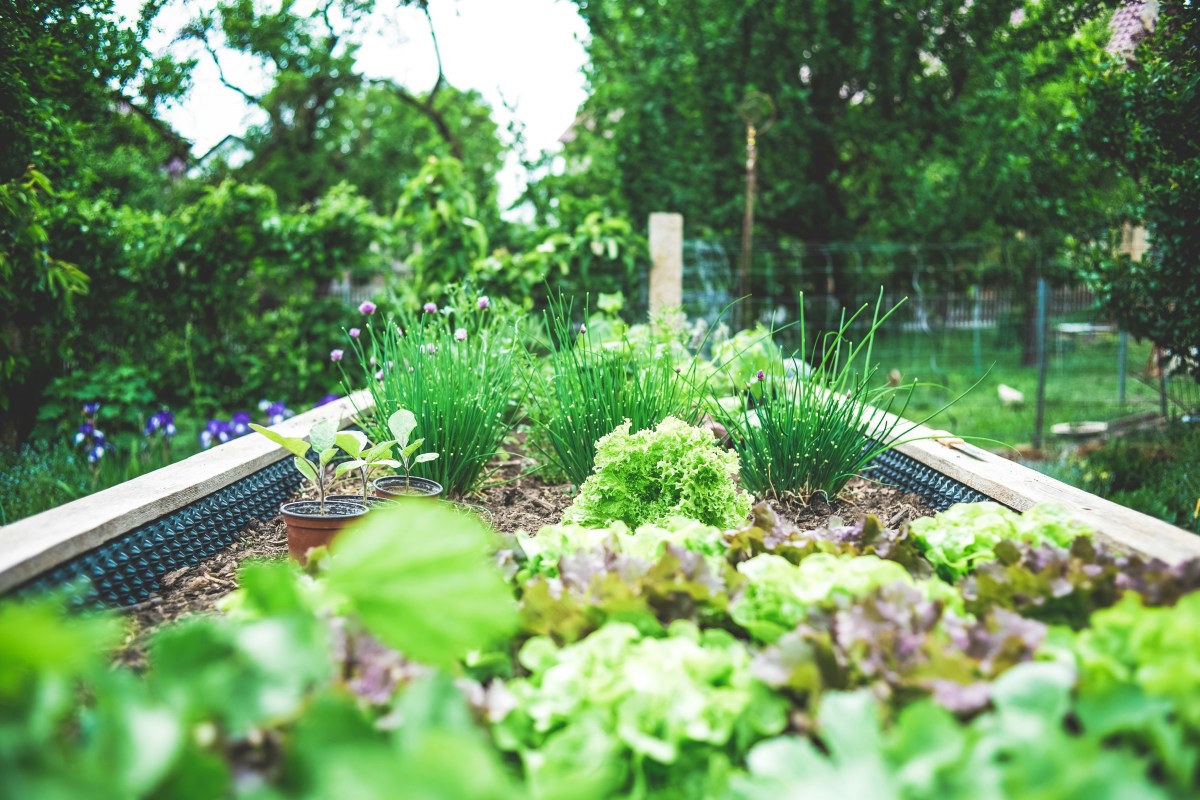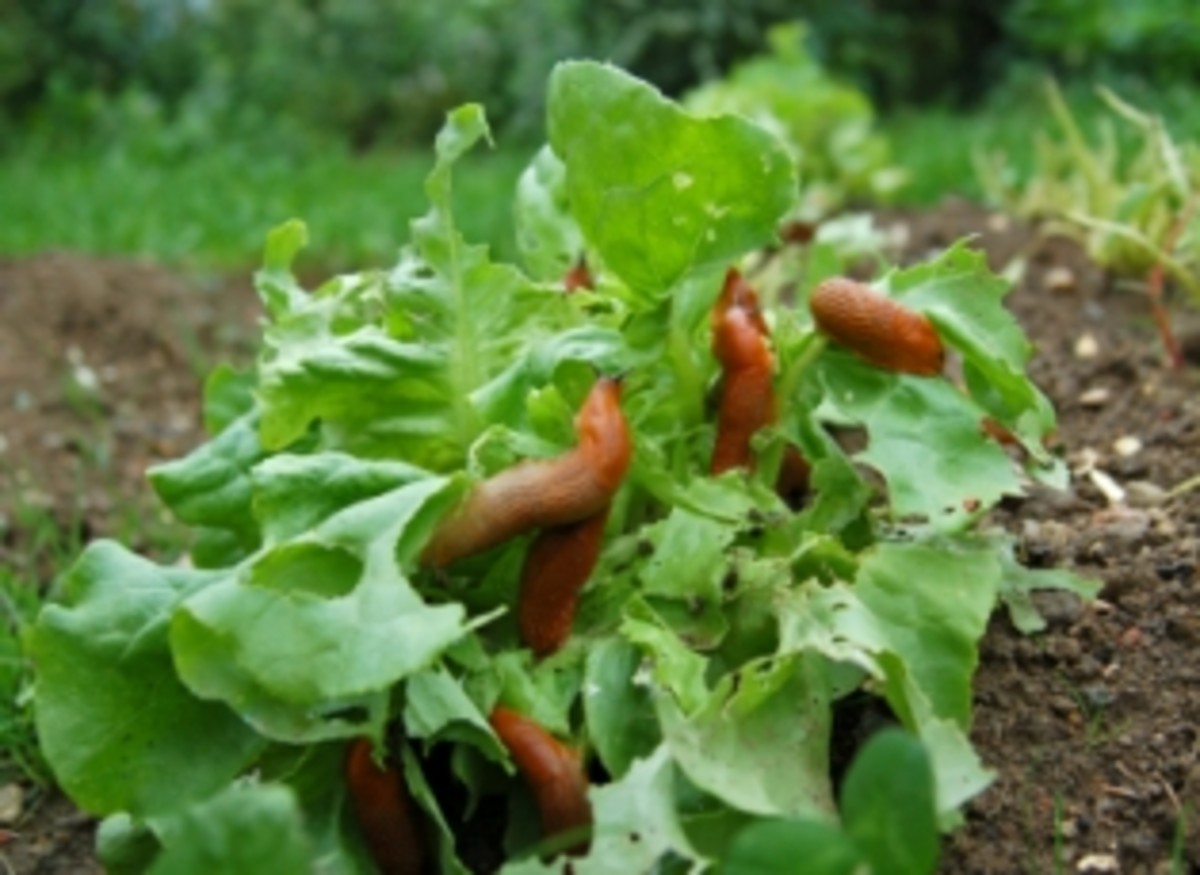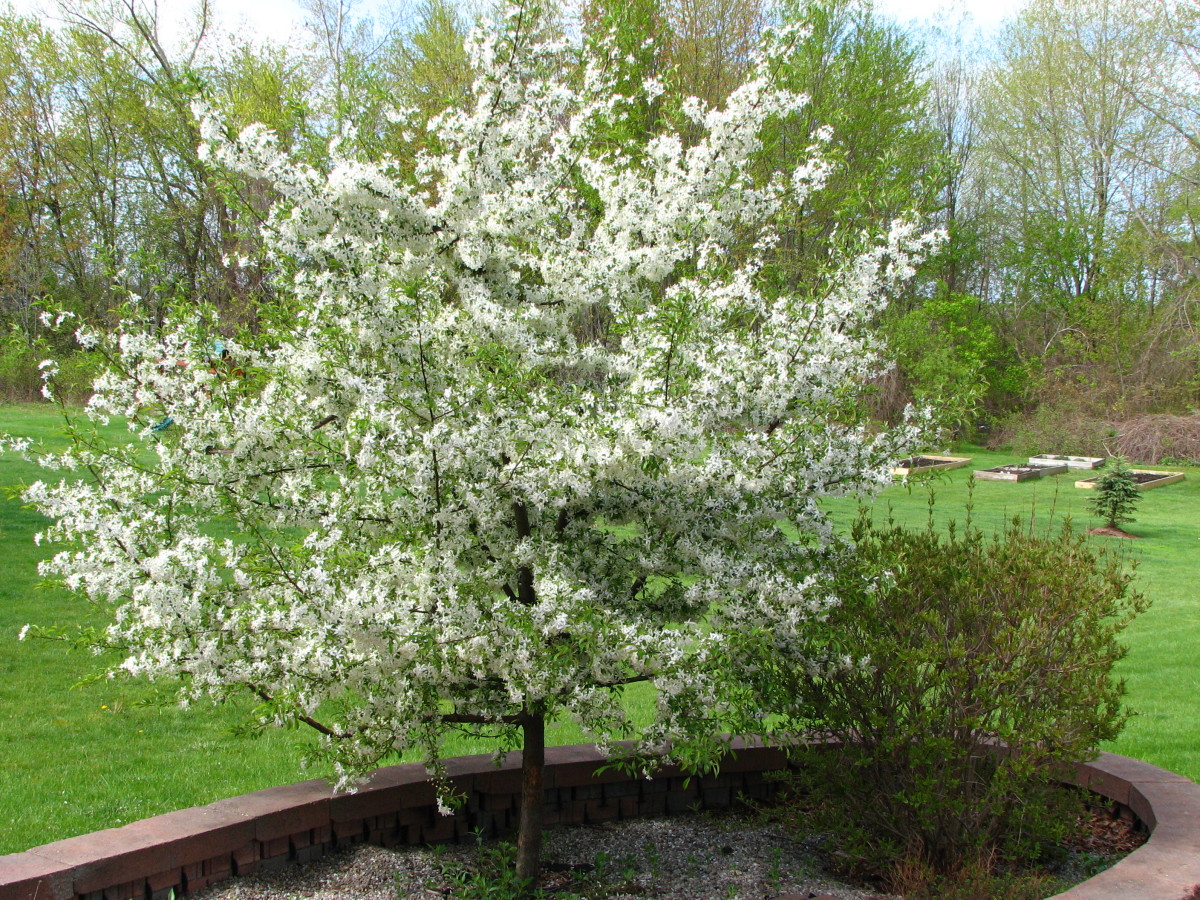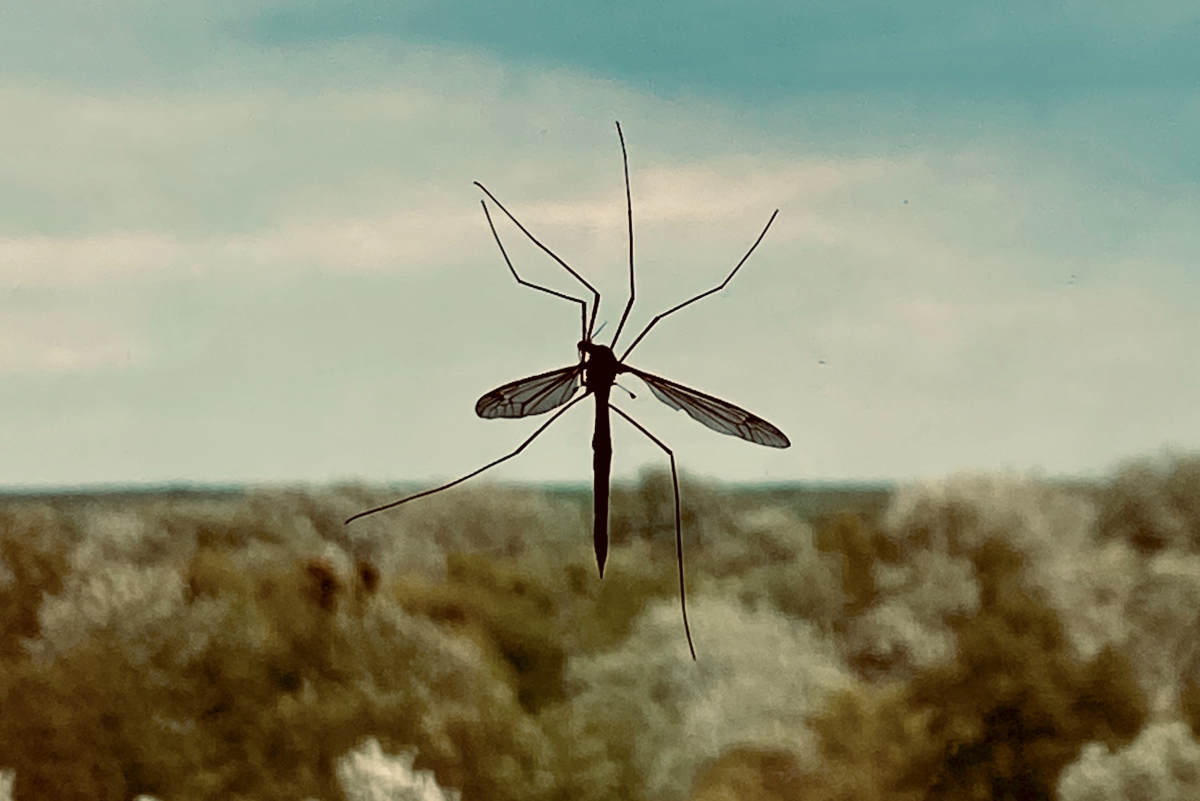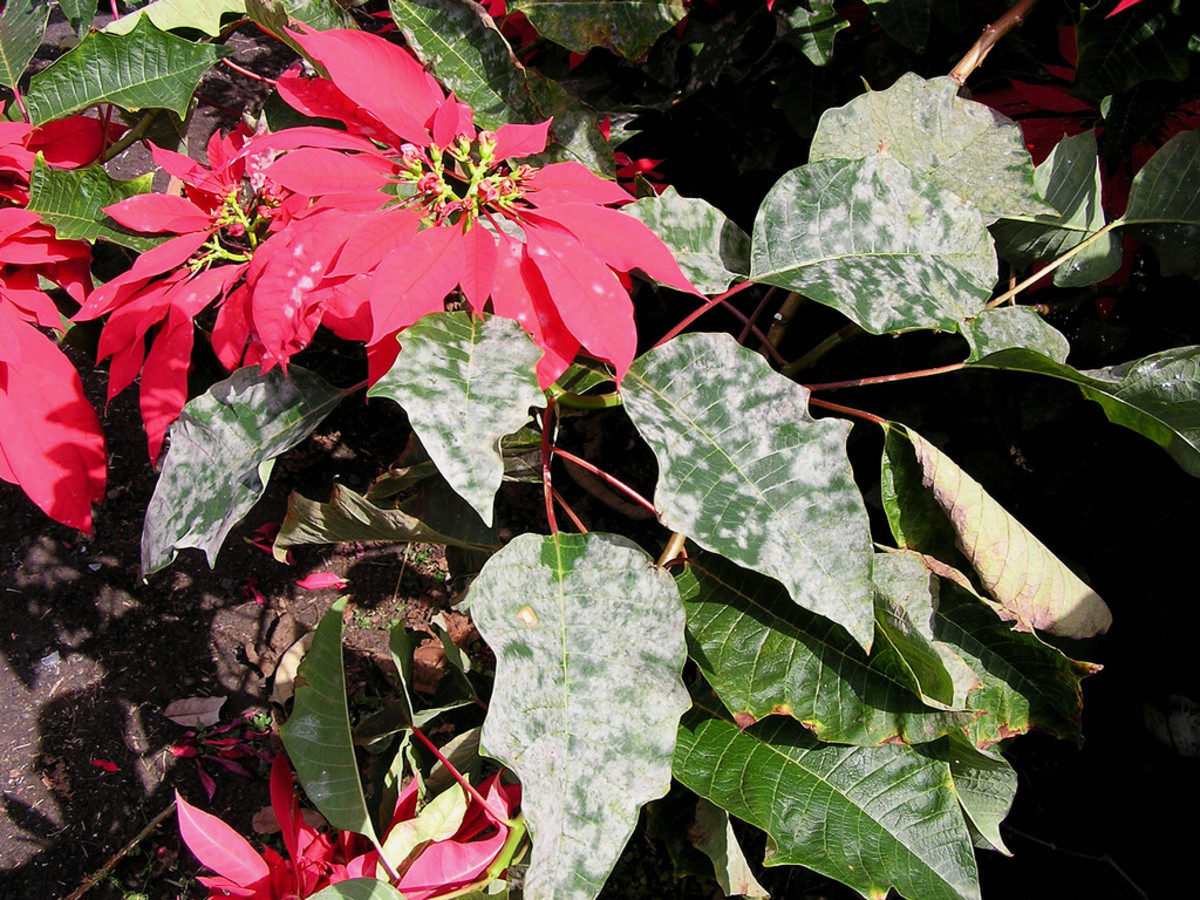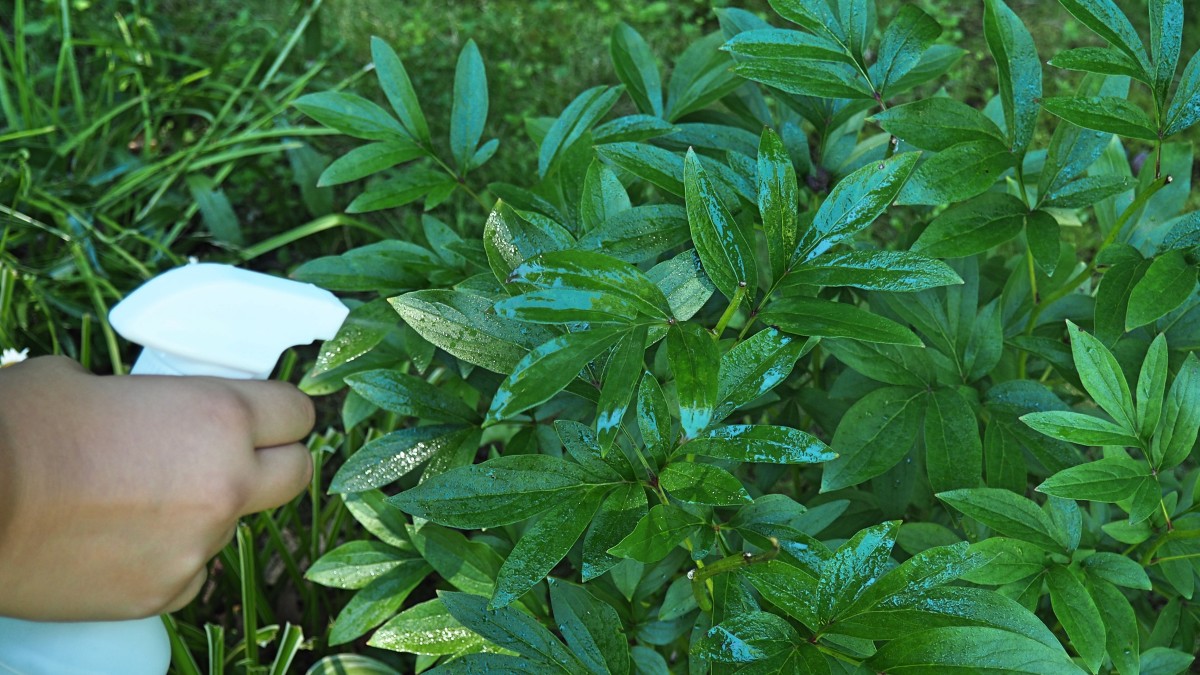Using Chamomile Tea to Prevent Damping Off of Seeds
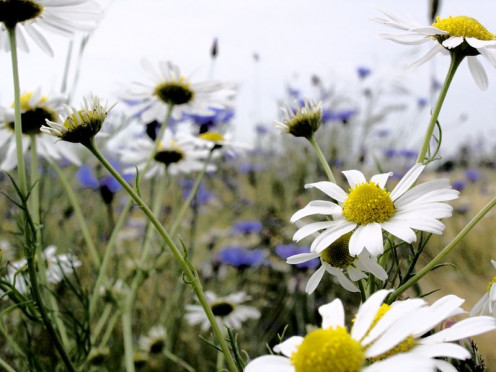
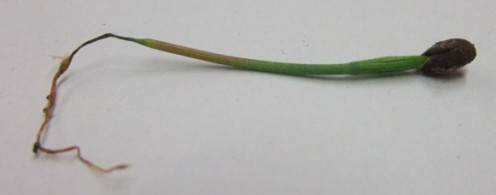
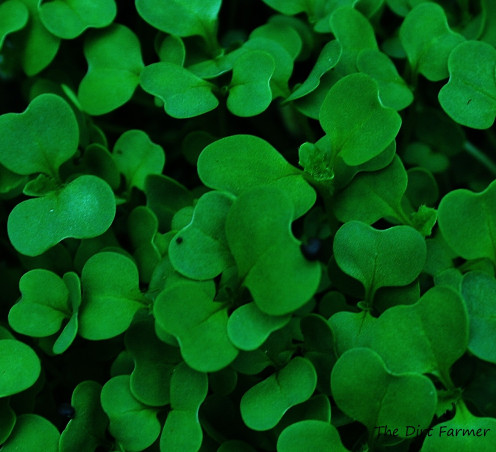
DAMPING OFF PREVENTION
Damping off is caused by the fungal pathogens Phytophthora, Pythium and Rhizoctonia. When seedlings are grown in soil and/or water containing these pathogens, water molds attack them, causing them to wilt, rot and die (Smetana 601). Sometimes a white fungus appears, too. These disease-carrying fungal pathogens thrive in humid, wet environments with poor light (Toogood 46).
There are several precautions that organic gardeners can take in order to prevent damping off diseases.
- Starting seed in sterile potting mix, which is unlikely to contain fungal spores, is one good control.
- Allowing the surface of the mix to dry between waterings will also reduce the likelihood of damping off disease (Smetana 156).
- Maintaining good hygiene in the growing area by using clean trays and pots, and removing rotting materials and weeds is also key to damping off prevention.
- Sowing thinly to reduce humidity and planting seed at the recommended depth are good ideas, too (Toogood 46).
- Organic treatments, such as weak chamomile tea, are another method of preventing seedling death due to damping off disease.
No conclusive scientific evidence exists as to the efficacy of these organic treatments; however, lots of anecdotal evidence does support the effectiveness of chamomile tea in the prevention of damping off (Hartman).
CHAMOMILE TEA SOLUTION
How to Make a Chamomile Tea Treatment for Plants
Follow the package directions to make a batch of chamomile tea. Then dilute it, using 1 part tea to 3 parts water. Or, simply dilute the brew until it becomes a very pale yellow.
If you make chamomile tea using fresh chamomile flowers, chop the clean flower heads, pour boiling water over them and allow them to steep about 5 minutes before diluting.
How to Apply Chamomile Tea to Seedlings
Paul James, host of the television show Gardening by the Yard, suggests two methods for applying chamomile to seedlings: spooning a small amount to the base of plants or spraying seedlings with the weak tea ("14 Simple Gardening Tips and Tricks").
Chamomile Tea
It's Good for You, Too!
While you're treating your seedlings to a dose of chamomile tea, you might enjoy having a cup yourself. Chamomile tea has a mild flavor and an aroma that's reminiscent of apples. Caffeine free, it has long been used to promote sleep and treat upset tummies (Edible 318).
For delicate seedlings like snapdragons, applying chamomile tea with a spoon seems best, as spray misting can make delicate stems and leaves flop over—or even break them.
Rate of Application
Some gardeners suggest applying chamomile tea to seedlings daily (Shinn); some recommend every other day ("Tea and Fungi"); and others advise a weekly application ("14 Simple Gardening Tips and Trick").
Because the tea solution is mild, it won't harm your seedlings, no matter which rate of application you select.
MORE ORGANIC SOLUTIONS TO FUNGAL DISEASES
Although organic remedies may not be scientifically proven, they often work—as anecdotal evidence suggests.
Plant pathologists at the University of Kentucky's College of Agriculture note that in addition to chamomile tea, many other organic treatments reputedly prevent damping off as well as other fungal diseases.
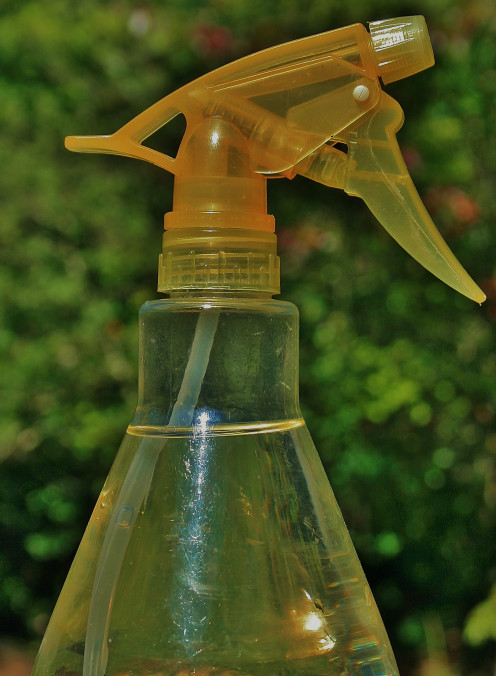
Other Organic Solutions
- Apple Cider Vinegar Spray
- Baking Soda Spray
- Chive Spray
- Clove Tea*
- Compost Tea
- Corn & Garlic Spray
- Couch Grass Rhizome Tea
- Elder Leaf Spray
- Garlic Oil Spray
- Ground Cinnamon Dusting*
- Horseradish Spray
- Horsetail Spray*
- Hydrogen Peroxide Treatment
- Manure Tea
- Milk Spray
- Powdered Charcoal Dusting*
- Seaweed Spray*
*specifically for prevention of damping off
(Hartman, Vincelli and Nesmith; Shinn)
WORKS CITED
Edible: An Illustrated Guide to the World's Food Plants. Washington, DC: National Geographic, 2008. Print.
Hartman, John, Paul Vincelli, and Bill Nesmith. "Home Landscape, Lawn, and Garden Fungicides." UK Ag. Department of Plant Pathology, University of Kentucky. 2 July 2012. Web. 27 Sept. 2012.
"14 Simple Gardening Tips and Tricks." HGTV. Scripps Networks, LLC. 2012. Web. 29 Sept. 2012.
Shinn, Meghan. "Preventing Damping-Off." Horticulture. FW Media, Inc. 8 Feb. 2011. Web. 29 Sept. 2012.
Smetana, Jeanine, ed. The Maryland Master Gardener Handbook. University of Maryland, 2008. Print.
"Tea and Fungi." Tiny Farm Blog. 26 Feb. 2008. Web. 29 Sept. 2012.
Toogood, Alan, ed. Plant Propagation. NY: DK Publishing, 1999. Print.
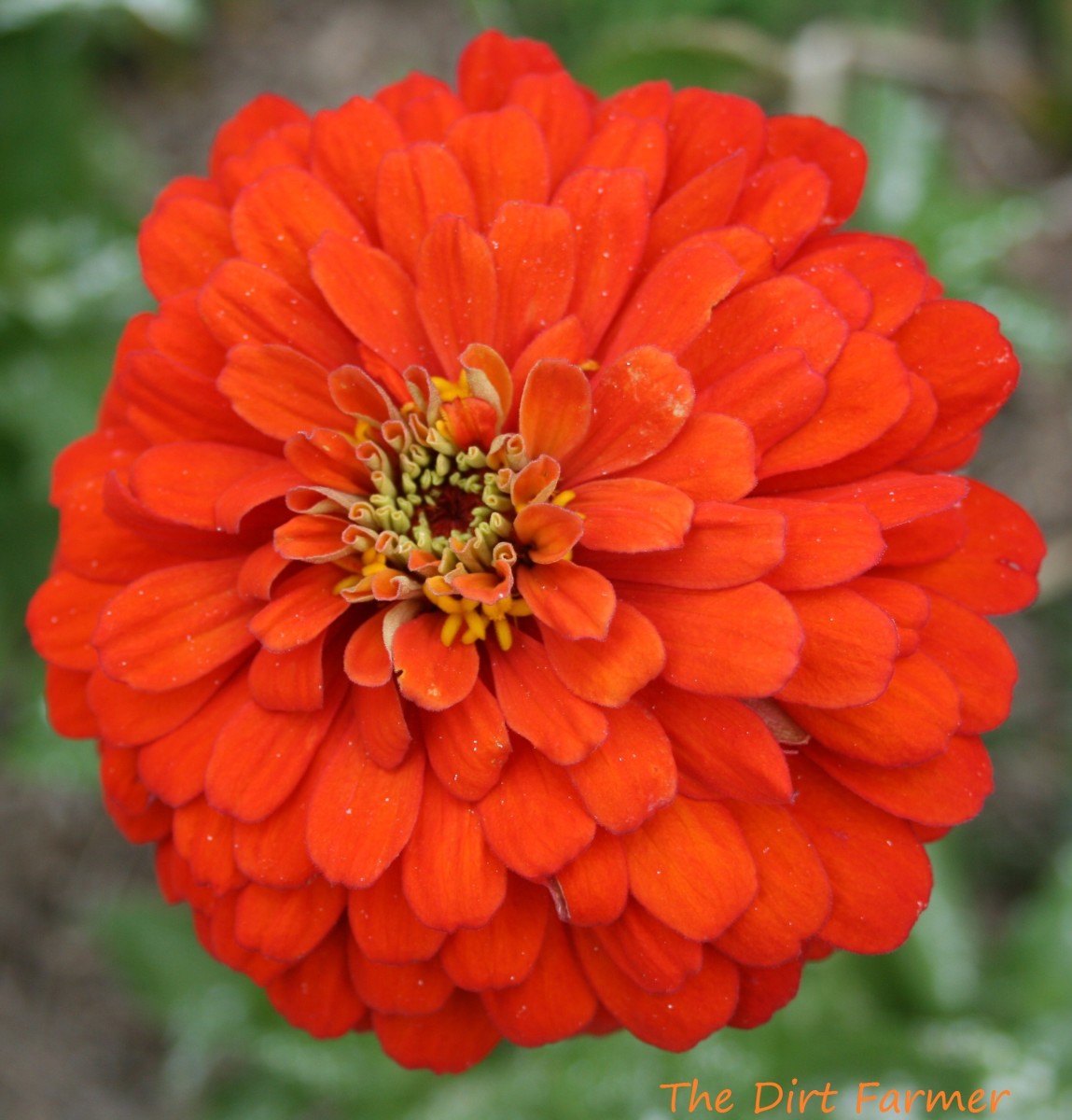
ABOUT THE AUTHOR
The Dirt Farmer has been an active gardener for over 30 years.
She first began gardening as a child alongside her grandfather on her parents' farm. Together, they would plant acres of vegetable gardens, setting tomato, eggplant and bell pepper plants; sowing row after row of beans and corn; and building up mounds of soil for white squash, pumpkin, cantaloupe and potatoes.
Today, The Dirt Farmer gardens at home, volunteers at community gardens and continues to learn about gardening through the MD Master Gardener program.
